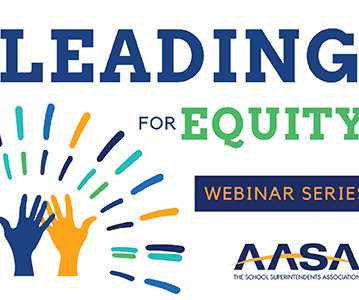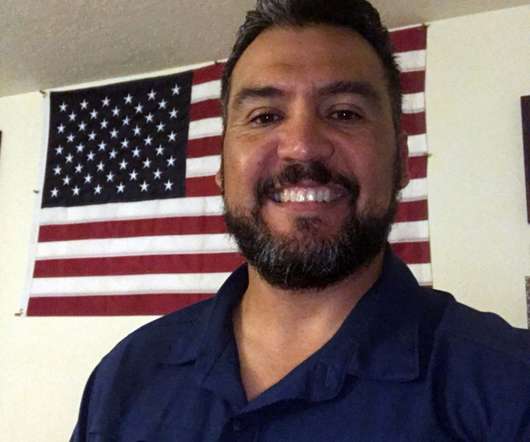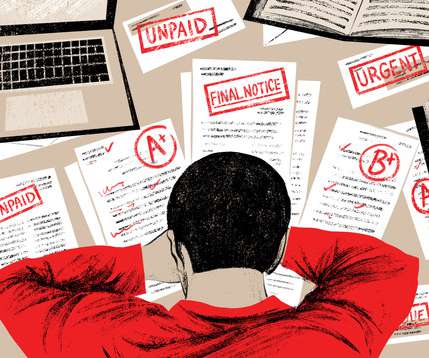U.S. K-12 Educational Technology Policy: Historical Notes on the Federal Role
Doug Levin
APRIL 21, 2016
FY 2003 $700,500,000. The 2010 request would continue the policy of permitting States to use up to 100 percent of their allocations for competitive grants to local educational agencies. FY 2013 $0. The Effectiveness of Educational Technology: Issues and Recommendations for the National Study (Mathematica Policy Research, 2003).









































Let's personalize your content